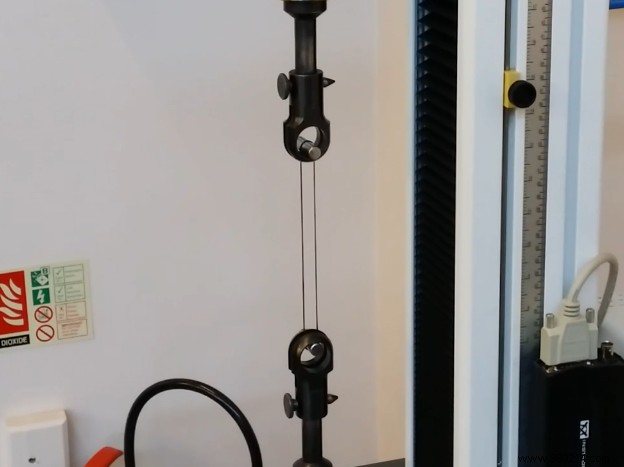The condom is a highly technological product. Having already been the subject of much research and innovation, this tool continues to attract the attention of researchers. They are also working on new materials and new characteristics.
In Roman times, animal bladders were used as a means of protecting the penis. The Chinese made condoms with oiled tissue paper . Today, in 2021, the condom is the only contraceptive that also protects against sexually transmitted infections (STIs). This dual use has therefore naturally made its success. According to a study by Global Market Insights in 2018, it sells about 30 million a year (including 70% latex) with market growth of 8%.
Condoms are undoubtedly a highly technological product . Indeed, it is at the heart of much research. Let us quote for example the famous British brand Durex, one of the world leaders, at the origin of many innovations. The brand has developed condoms with ribs (or beads), others with an erection-prolonging lubricant or with a special scent. There are even condoms presented as being biodegradable .
So, of course, this denotes a marketing will. Nevertheless, it is also a question of continuing to democratize this product of public utility . The fact remains that users are just as many consumers who must be seduced.
In laboratories, research is therefore continuing to develop the condoms of tomorrow. Aravind Vijayaraghavan is a materials scientist at the University of Manchester (UK). In 2016, he presented an innovation integrating a particular material:graphene, an ultrathin sheet of carbon atoms. According to the scientist, it is the thinnest, lightest and strongest heat-conducting material in the world. When graphene is combined with latex (or polyurethane), it allows for a 60% increase in resistance . This also allows a reduction in thickness of 20%, while maintaining a similar resistance.

Also in 2016, other researchers from the University of Queensland (Australia) had presented their work. These concerned the spinifex resin which Aboriginal communities have long used as an adhesive. The researchers conducted tests and according to the results, the condom resists pressure much better. In addition, other innovations aim to replace latex with other less allergenic materials.
Finally, you should know that the race for the perfect condom is not only about materials . Some teams are working on a condom capable of self-adjusting to the size of the penis or even including an applicator allowing it to be put on without touching it.